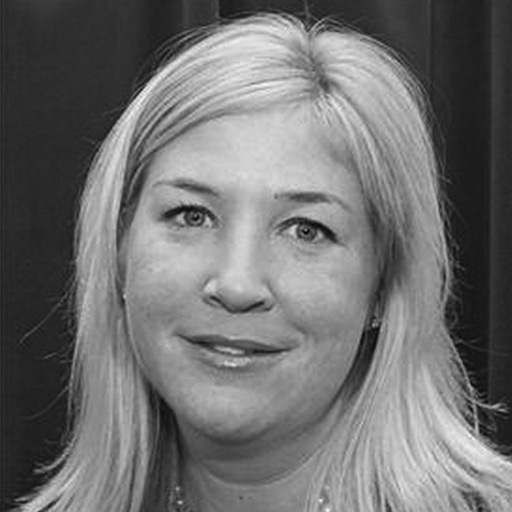About a month ago something strange happened. I was walking to work and noticed scooters, at least five, had just been left on the sidewalk. Interestingly, they all had the same sticker on the vertical post to the handle bar. The next day, even more of these seemingly abandoned scooters appeared on my walk. By Wednesday, folks in suits, mostly Millennial looking by my estimate, were zipping past me on these scooters. By Friday, my office mates were texting me “free ride coupons” and encouraging me to download the app that is used to rent and ride these e-scooters. Not a Millennial myself, I immediately said, “That’s neat, but not for me.” I’m worried about downloading yet another app and sharing my personal information. I don’t understand how the system works. How will I know which scooter to pick up? Where do I leave it when I’m done? How much will it cost? Do I need a helmet? What if I fall off?
I realized my reluctance to give this new mode of transportation and technology a chance put me squarely in a group of people, perhaps defined by age, who are less technologically savvy. A group who thinks using our two feet to walk four blocks outweighs the hassle of downloading an app and trying to use it. But what if, with the help of my friends or coworkers, I was able to feel comfortable using this new technology? What if I realized some great benefit from its use that I would have otherwise missed out on by sticking my head in the sand? While I can’t imagine an e-scooter will have that much impact on my daily commute, I wonder about other “techy” things I immediately throw up a hand to and say, “No thank you. No way. Not for me.”
Do court managers fall into this same trap when considering new technology, programs, or opportunities for their court? Even if a court manager is forward thinking, are they held back by their judicial officers or other decision makers? How can court managers bring new ideas to the table and feel comfortable implementing change?
In this issue, we highlight some new technology uses in courts and confront challenges to change. We also recap two different statewide workshops that brought court managers and judicial officers together to discuss ways to integrate contemporary dispute resolution processes into today’s courts and improve civil justice. Bringing people together to share ideas and success stories allows those reluctant to change to begin to feel more comfortable. Articles like those found in Court Manager can also help in sharing this information. Those who are willing to dip their toes in new technology waters can learn from their peers, gather the necessary data and resources, and eventually take the plunge.
I have two requests. First, if you are a person who jets to work on an e-scooter and has a phone full of apps, you are probably bringing new technology and innovative programs to your court. Maybe you had to overcome some challenges to get there, but you have seen the benefits and you’d like to tell someone, “You can do it too!” Let the Court Manager be your forum to share your experience. Contact courtmanager@nacmnet.org with your idea or full-blown article. Let’s publish your accomplishment. Second, if you are a person, like me, who is running away from e-scooters, maybe it’s time to consider the pros and cons of implementing new ideas. The “that’s-the-way-we’ve-always-done-it” mentality isn’t going to work forever. Attending conferences, such as the NACM conference, to network and learn from others or reading about others’ experiences in Court Manager is one way to overcome challenges. Use your peers and colleagues in the field as your “floaties” to swim in the river of change.



